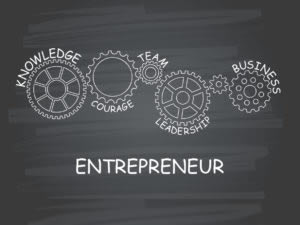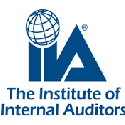Importance of women entrepreneurs

The role of women has evolved over the years in the society. From joining the corporate as well as the government sector and holding key positions, there is no field as such in which the women counterparts have not proved. Same is the case as to being entrepreneurs, which comes with a lot of challenges when a women decides to be one. The first and foremost being her role in the household whether she is a daughter, mother, wife or a sister. Be it any role but her responsibilities towards managing the family are a hindrance in her professional career. The answer to all those challenges lies in the art of multitasking and that even quite an effective one. As Pakistan is ranked 143 out of the 144 countries in the Global Gender Gap report for 2016 due to the lack of equal opportunities for women and inadequate opportunities for women.
Having said that there are numerous examples around us where women have proved themselves as successful entrepreneurs globally. Anita Roddick, founder of the Body Shop puts it like “if you do things well, do them better. Be daring, be first, be different, be just.” Sara Blakely, who is the founder of Spanx and is the youngest self-made billionaire in America, Arianna Huffington, founder of the Huffington post, J.K Rowling, author, Rashmi Sinha founder of Slide Share are all such examples of women who overcame the fear of failure and left footprints.
The daring women of our country have also made a mark for themselves in various fields. Maryam Adil who is the founder of Gaming Revolution for International development (GRID), Jehan Ara from Pakistan Software Houses Association, Roshaneh Zafr founder of Kashf foundation along with many others. The foremost requirement which women need to overcome is restoration of faith in themselves that they can also make a difference and be a role model for many other women. The only way in which this can be achieved is when a woman realises her own powers. As she is an epitome of confidence and is capable of doing things which no one can even imagine of, women can achieve milestones.
Women entrepreneurs can bring a lot of diversity in the business environment as they have the knack of doing things differently. They are also quite perfectionists and dynamic. Women tend to plan and proceed so they are able to save the time and money of the business as everything works according to a schedule. Also in Pakistan it is expected that one billion women will be joining the global workforce in the coming decade.
The current economic situations requires massive input in order to achieve stability. Many countries which are facing the problems of lower GDP generation can benefit from women lending hands towards the economic stability. Moreover the global economic conditions requires the promotion of entrepreneurial thinking and entrepreneurship. This can be easily achieved by providing opportunities to women entrepreneurs. According to President Women Entrepreneurs Association of Pakistan (PWEAP) Anum Kamran almost 95% of the women in Pakistan are not working to their true potential.
Although women entrepreneurs are a great contribution to our society and an emerging trend globally but it still has grey areas which needs to be addressed. Firstly adequate training and access to the required resources need to be arranged to enable the business to expand. Secondly the support required from their immediate families to step in to the field of entrepreneurship is another major problem faced by the women entrepreneurs. Still many societies discourage women from entering this field as it is male-dominated. Moreover, since women have a lot of responsibilities towards their families they are not able to take a break from that. Multi-tasking is not as easy it sounds therefore it becomes quite tough for a women to look after her home and business. Even if they are able to manage both simultaneously, time constraints lead to one aspect being compromised over the other. So it is a lot of balancing act which a woman has to do in order to become successful entrepreneur.
It is important that the government also works towards this aspect in order to facilitate the potential women entrepreneurs. Incentives should be introduced in order to encourage these women to be confident enough to start their own businesses easily and also manage them effectively. Also introduce trainings and other necessary resources so that women can easily manage their responsibilities.
Having women entrepreneurs can impact the society in a really positive way. Empowering women to step outside and giving them an insight of the real world can benefit the future generations as well. As the saying goes “educate a man and you educate one person, educate a women and you educate the entire generation.
By: Madiha Kauser
ACCA is currently working as a freelancer. She is a blogger, article writer, and editor. Her interests include reading and research.











